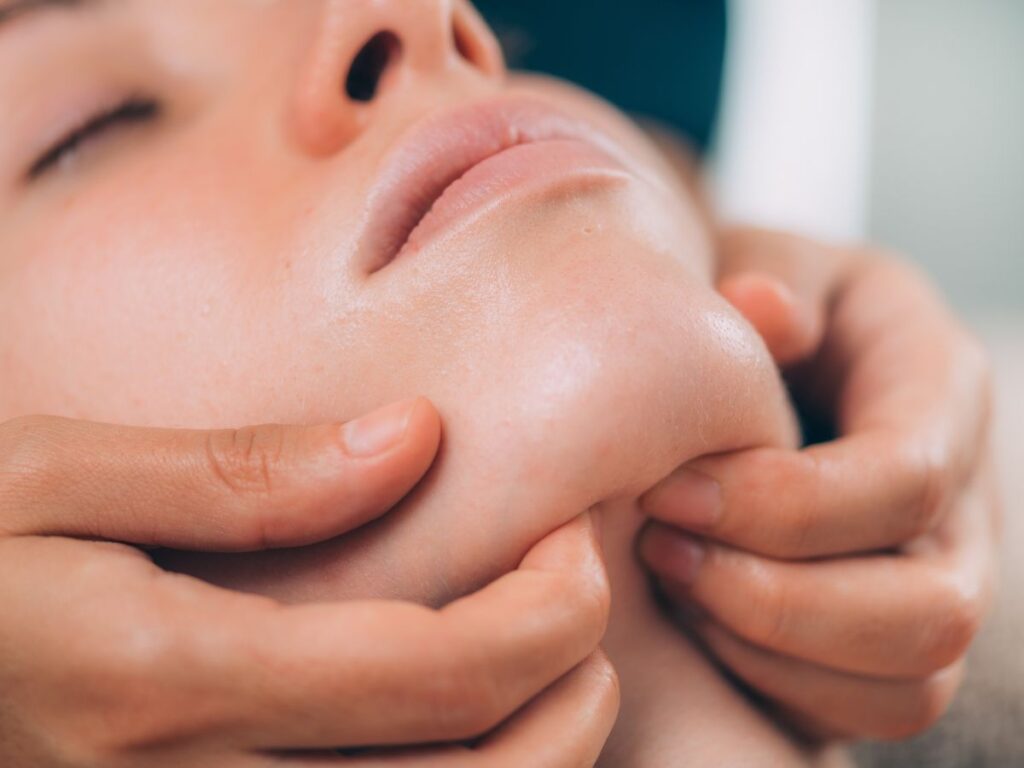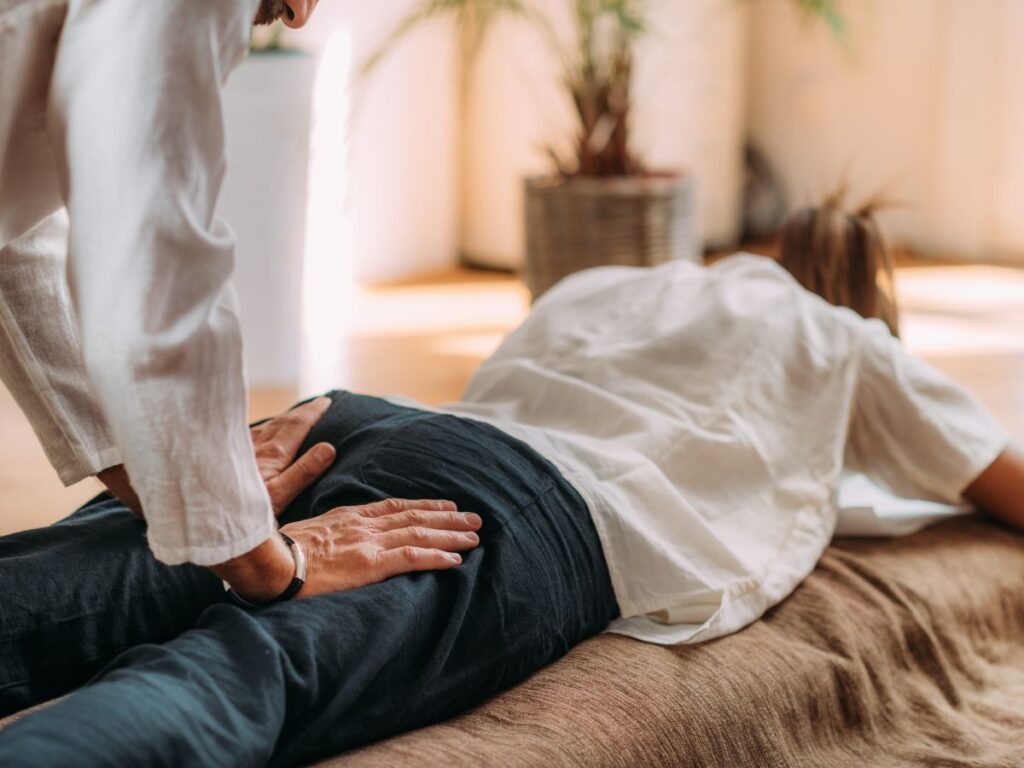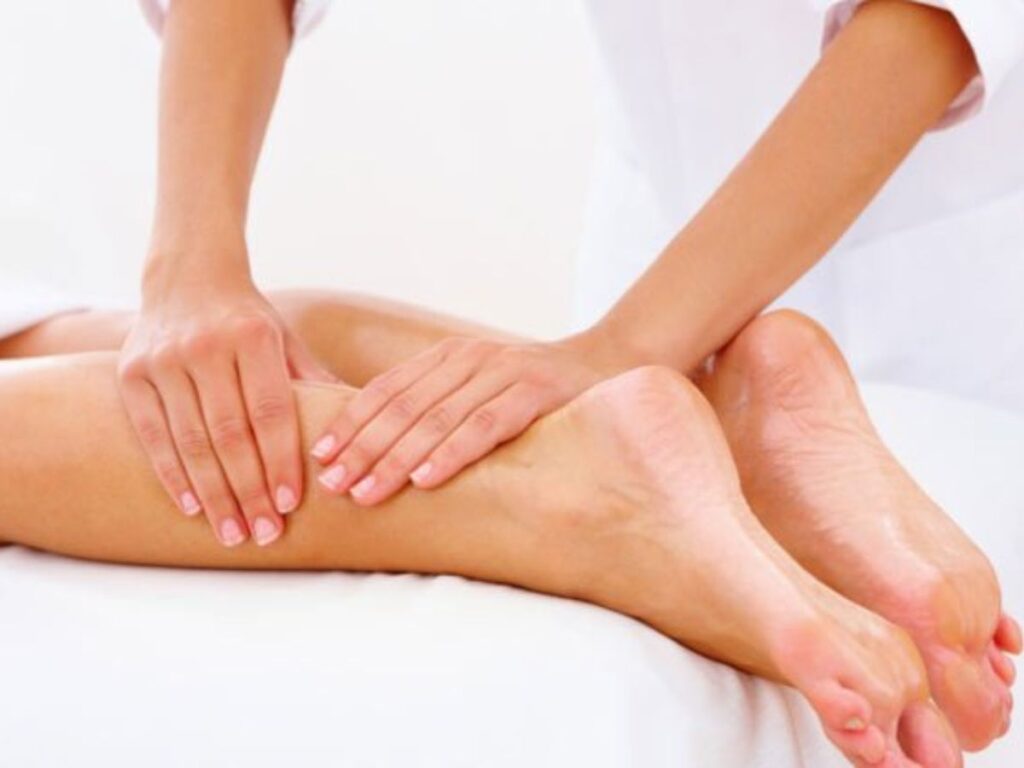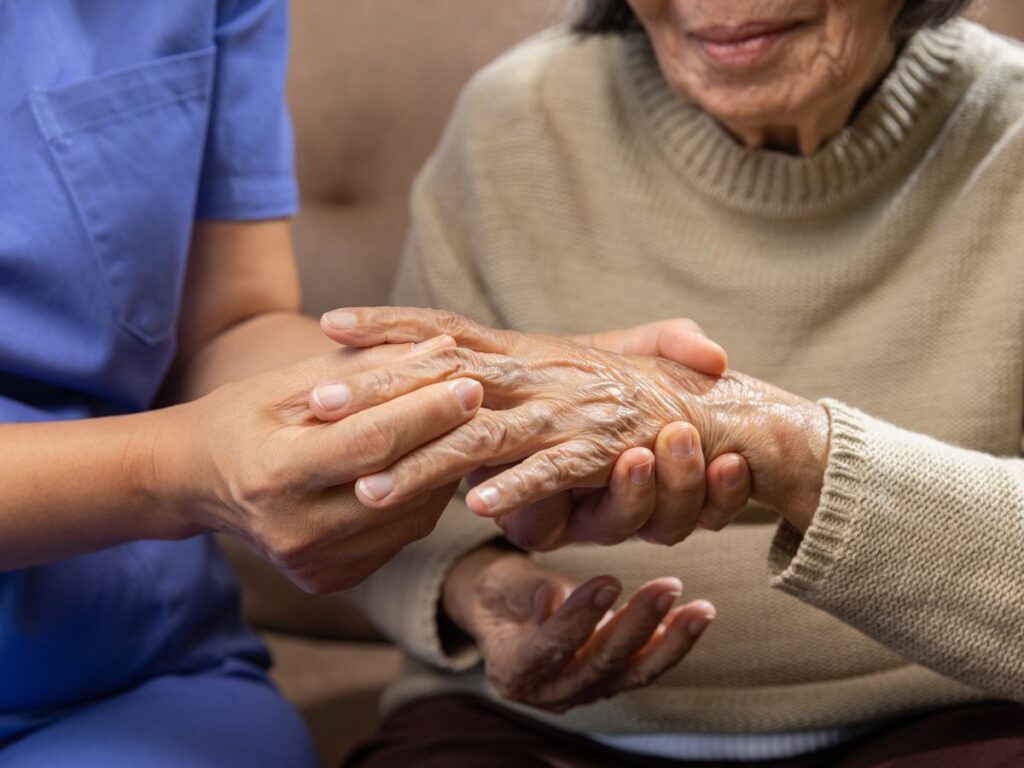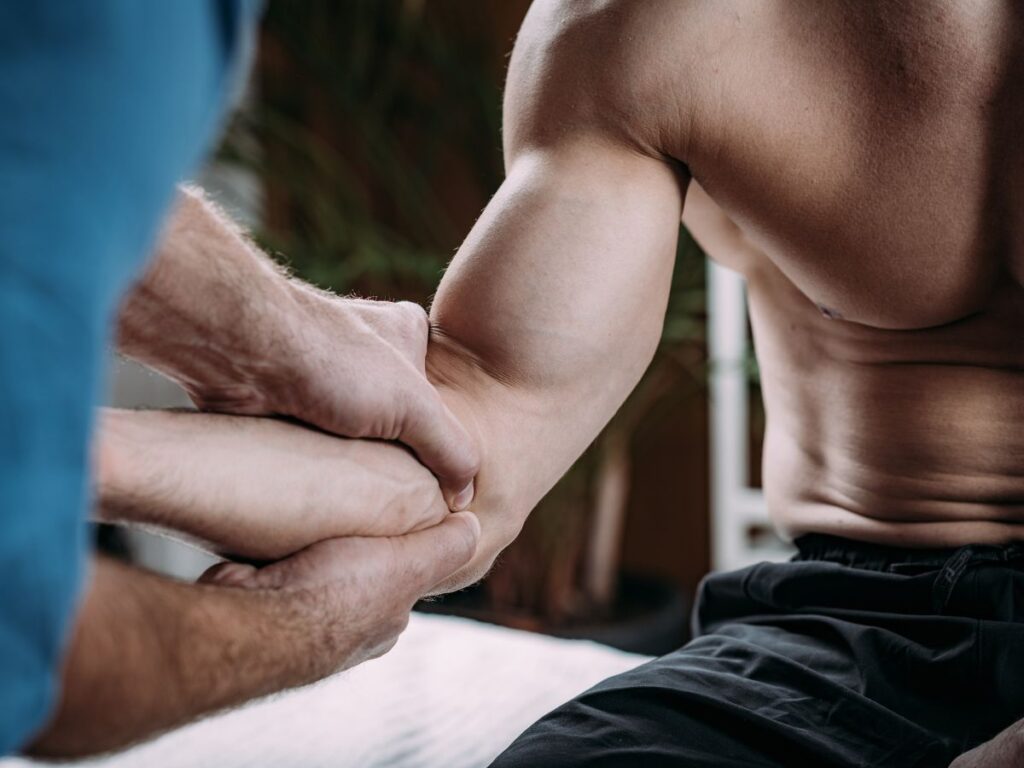Why Legs and Knees Benefit from Massage
The legs carry us through every step, climb, and sprint, placing constant demands on the muscles and joints. Over time, repetitive motions, prolonged standing or sitting, and athletic strain can provoke aches in the knees, quads, hamstrings, and calves. Massage therapy offers a restorative solution, targeting tight fibers, enhancing blood flow, and easing tension that accumulates in the legs’ complex network of muscles. Whether you’re an athlete seeking faster recovery or someone battling chronic knee aches, strategic massage can lessen pain and foster a healthier, more stable foundation for everyday movement.
Common Contributors to Leg and Knee Discomfort
Multiple factors can strain the lower limbs. Overuse injuries—like runner’s knee or IT band syndrome—arise from repetitive impact during running or sports. Tight quads or hamstrings may tug on the knee joint, compounding pressure and tenderness. Sedentary habits allow muscle tension to build, especially in the hips or calves, which then impacts knee alignment. Occasionally, joint degeneration (osteoarthritis) or poor foot mechanics (flat feet) also subject the knees to undue stress. Massage therapists scrutinize these root causes, tailoring methods to release knotted muscles and restore balanced tension around the knee.
Massage Techniques for Leg Relief
A variety of approaches can soothe leg and knee pain. Swedish massage warms up surface tissues, flushing out metabolic byproducts in the quads and calves. Deeper pressure may follow on the IT band or hamstrings to dissolve persistent adhesions. Myofascial release around the hip flexors or the gluteal region often reduces strain that travels down to the knee. Some therapists employ cross-fiber friction at the patellar tendon or around the joint capsule, supporting tendon health. By methodically progressing from superficial strokes to targeted, deep work, each session unravels tension while respecting pain thresholds, leading to lasting comfort in the legs.
Integrating Dr. Elham’s Alignment Insights
Poor pelvic or ankle alignment can funnel extra stress onto the knees. Dr. Elham pinpoints these biomechanical faults, applying chiropractic adjustments that balance weight distribution. When combined with leg-focused massage, this synergy prevents the muscles around the knees from constantly compensating for misaligned joints. As tension recedes, adjustments hold more effectively, and the legs move with greater ease. This tandem approach is especially vital for those whose discomfort stems from a tilted pelvis or collapsed arches, ensuring that structural corrections and softened muscles coincide for a comprehensive resolution.
Key Benefits of Leg and Knee Massage
Regular massage sessions for the lower limbs provide multiple advantages:
- Reduced Tension: Targeted pressure dissolves knots in the quads, hamstrings, or calves, easing the pull on the knee joint.
- Enhanced Circulation: Improved blood flow delivers nutrients to fatigued muscles, accelerating recovery and reducing post-exercise soreness.
- Greater Range of Motion: Freed-up fascia lets the knees bend and flex without tightness limiting joint excursion.
- Pain Alleviation: Softened muscle fibers reduce inflammation around the patella and tendon insertions.
- Preventive Support: When combined with Dr. Elham’s adjustments, massage helps deter chronic knee or leg issues from recurring.
These benefits empower you to move confidently—whether tackling daily errands or pursuing sports—with far less worry about debilitating twinges or aches.
Home-Based Strategies to Prolong Relief
Between massage appointments, small lifestyle tweaks can keep the legs limber. Gentle quad, hamstring, and calf stretches—done daily—sustain the muscles’ newfound suppleness. Foam rolling can replicate some benefits of deep tissue work, helping break minor adhesions. Dr. Elham might suggest strengthening moves, like bodyweight squats or hip bridges, to stabilize the knee joint. Paying attention to footwear also matters—shoes with adequate arch support prevent misalignment from creeping up the legs. If you’re active, spacing out high-impact workouts and mixing in low-impact cross-training (like swimming or cycling) reduces repetitive strain on the knees.
Addressing Activity-Based Challenges
For athletes, leg or knee tension often intensifies after rigorous practices or events. Massage therapists identify the specific muscles fatigued by the sport—perhaps the outer quads for cyclists or the calves for runners—and tailor deeper pressure to speed recovery. Office workers dealing with cramped positions can benefit, too, by loosening stiff hip flexors that affect knee posture. Dr. Elham’s alignment checks further ensure each physical challenge—from long commutes to weekend races—doesn’t spawn recurring muscle knots. The result is improved performance, reduced injury risk, and a sense of resilience in the legs.
Potential Issues If Neglected
Pain in the legs or knees that’s shrugged off can become a persistent nuisance. Tight quadriceps can exacerbate patellofemoral syndrome, causing front-knee discomfort. Chronically strained calves may pull on the Achilles tendon, risking calf or foot injuries. Overstressed joints gradually accelerate cartilage wear, contributing to early osteoarthritis or meniscal damage. Additionally, gait compensations might escalate tension into the lower back or hips, broadening the discomfort’s reach. Massage therapy, combined with Dr. Elham’s interventions, intercepts these negative progressions, preserving knee integrity and leg function.
What to Expect in a Session
A typical knee-and-leg massage might commence with gentle gliding along the thighs and calves, identifying tight zones. The therapist then applies deeper strokes or kneading to areas of accumulated adhesions—often around the IT band, hamstring insertion points, or the quad attachments near the knee. Trigger point work may follow if there are localized spots radiating pain. Some sessions incorporate passive knee bending or rotating the hip, enabling the therapist to stretch and compress tissues simultaneously. The conclusion typically involves soothing effleurage strokes, leaving the legs feeling lighter and more agile.
Maintaining Long-Term Leg Wellness
Most individuals find an initial series of massages—weekly or bi-weekly—most effective for resolving entrenched tension. After the primary knots have released, monthly or seasonal “check-ins” keep the lower limbs in top shape. Dr. Elham’s periodic alignment adjustments buttress these efforts by rectifying any shifts in pelvic, ankle, or foot positioning that might crop up over time. Supplementing with a balanced exercise regimen, adequate rest, and mindful posture cements the transformation. Ultimately, consistent attention to leg and knee health fosters freedom of movement, letting you navigate stairs, outdoor trails, or athletic fields without the drag of chronic pain or tightness.

